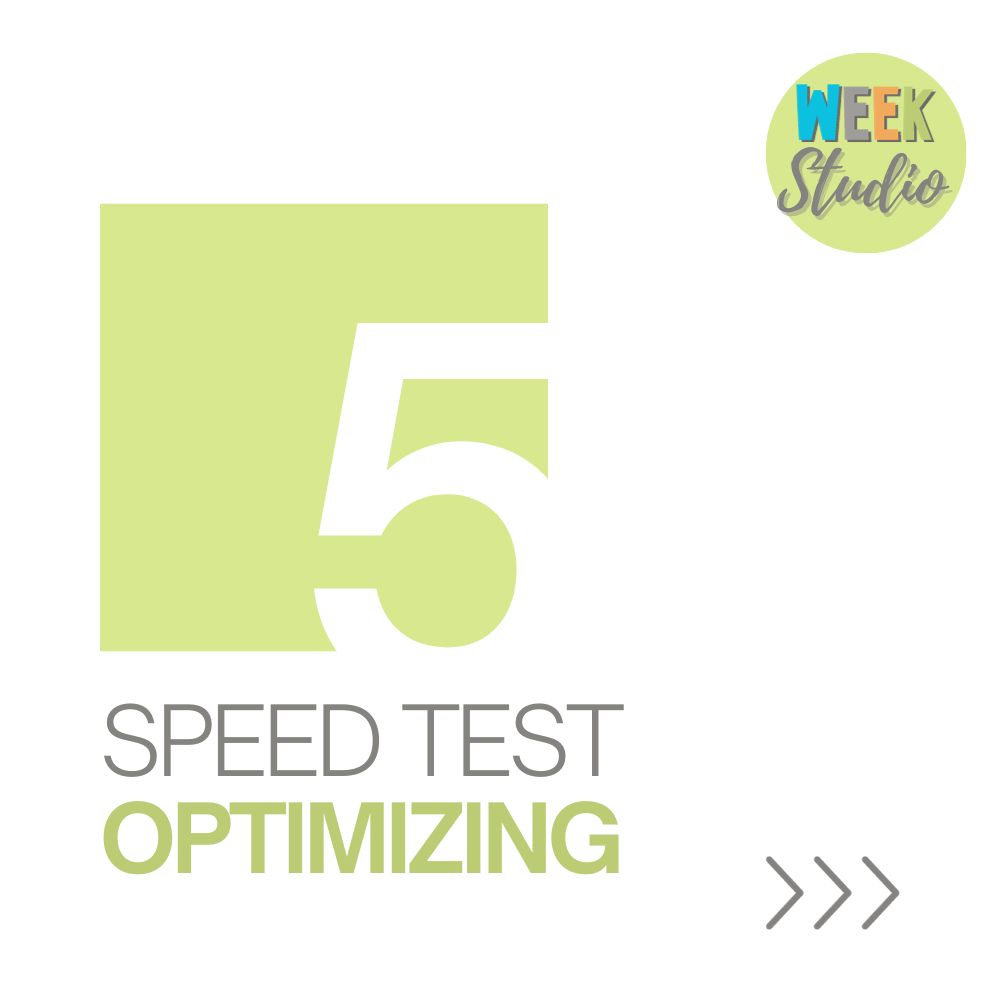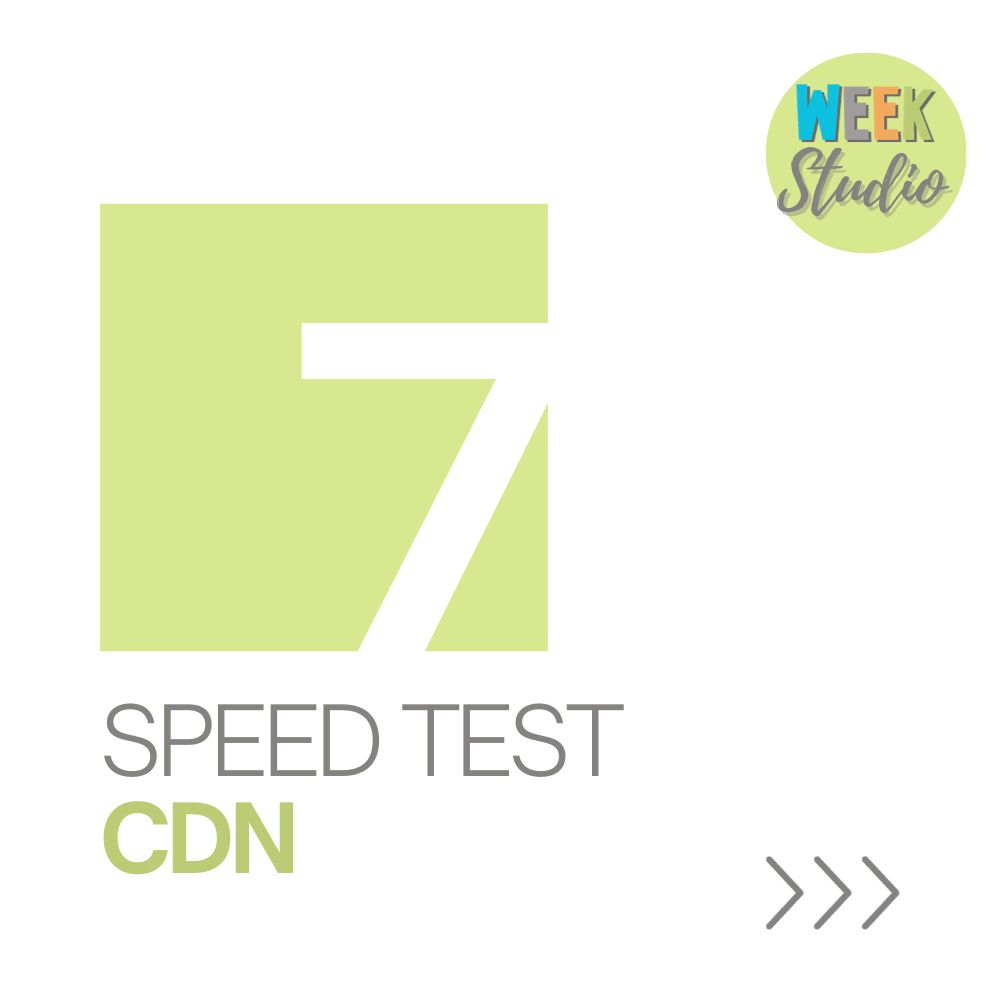In the fast-paced world of the internet, speed isn’t just a preference, it’s a necessity. As users, we’ve all experienced the frustration of waiting for a sluggish website to load. Beyond mere impatience, the speed of a website carries significant weight, influencing user experience and even determining its fate in the vast landscape of search engine results. we’ll embark on a journey to unravel the nuances of website speed, exploring its impact on user satisfaction, SEO, and the tools and strategies for effective speed optimization.
Join me as we delve into the intricacies of website speed testing, understanding the metrics that matter, and deciphering the strategies that can transform a slow website into a streamlined, user-friendly, and search engine-optimized online presence.
Understanding Website Speed

The speed at which a website loads is a multifaceted aspect influenced by various factors. To comprehend the significance of website speed testing, we first need to dissect the elements that contribute to the overall speed of a website.
Factors Influencing Website Speed
Several components play a crucial role in determining how swiftly a website can deliver its content to users:
- File Size and Type: The size and type of files, especially images and multimedia content, impact load times.
- Browser Rendering: How quickly a user’s browser can render the content received from the server.
- Code Efficiency: The efficiency of the website’s code, including HTML, CSS, and JavaScript, affects its speed.
Metrics for Measuring Speed
Website speed is quantified using various metrics, each providing a unique perspective on the user experience:
- Page Load Time: The total time it takes for a page to fully load.
- Time to First Byte (TTFB): The time it takes for the browser to receive the first byte of data from the server.
- First Contentful Paint (FCP): The time it takes for the first content element to be rendered on the screen.
Understanding these metrics lays the foundation for effective website speed testing. In the subsequent sections, we’ll explore why website speed is not just a user convenience but a critical factor in determining a website’s success in the digital realm.
Why Website Speed Matters for SEO?

The need for speed transcends mere user impatience; it holds the key to a website’s visibility and success in the competitive landscape of search engine rankings.
Google’s Emphasis on Speed
Google, being the predominant search engine, has explicitly stated that website speed is a crucial factor in its ranking algorithm. Websites that load faster are favored in search results, aligning with Google’s mission to enhance user experience.
Core Web Vitals and Their Significance
Google’s introduction of Core Web Vitals further underscores the importance of website speed. These are a set of specific factors that Google considers essential for a positive user experience. Core Web Vitals include metrics like Largest Contentful Paint (LCP), First Input Delay (FID), and Cumulative Layout Shift (CLS), all of which revolve around the concept of delivering content quickly and efficiently.
In the subsequent sections, we’ll explore not only the SEO implications of website speed but also how it directly influences the overall user experience, making it a critical aspect of website optimization. Join me as we navigate the intersection of speed and user satisfaction.
Impact on User Experience

Website speed isn’t just a technical metric; it’s a direct influencer of how users perceive and interact with a website. In the age of instant gratification, a slow website can have profound consequences on user satisfaction.
Bounce Rates and User Frustration
The momentous impact of website speed is most evident in bounce rates—the percentage of visitors who navigate away from a site after viewing only one page. Users are more likely to abandon a website that takes too long to load, leading to higher bounce rates. Beyond the statistics, it reflects user frustration and a missed opportunity for engagement.
Correlation Between Speed and Conversion Rates
Speed isn’t just about retaining visitors; it’s about converting them into customers or subscribers. Studies have consistently shown a positive correlation between website speed and conversion rates. A faster website enhances user trust, encourages interaction, and ultimately contributes to the achievement of website goals, whether it’s making a purchase or signing up for a newsletter.
In the upcoming sections, we’ll dive into the practical aspects of website speed optimization, exploring tools and strategies that empower website owners to transform sluggish loading times into swift and seamless user experiences. Join me as we unravel the keys to effective speed optimization.
Tools for Website Speed Testing

The journey to a faster website begins with understanding its current speed and performance. Thankfully, there are numerous tools available that empower website owners to conduct comprehensive speed tests and glean actionable insights.
Popular Speed Testing Tools
- Google PageSpeed Insights (H3): A free tool by Google that provides both lab and field data, along with suggestions for improvement.
- GTmetrix (H3): This tool offers a detailed analysis of a website’s speed performance, including PageSpeed and YSlow scores.
- Pingdom (H3): Known for its simplicity, Pingdom offers performance insights and identifies bottlenecks affecting a website’s speed.
- WebPageTest (H3): This tool allows for in-depth testing from multiple locations and various browsers, providing a holistic view of a website’s speed.
Interpreting Results and Actionable Insights
The data generated by these tools is valuable only when translated into actionable steps for optimization. Common recommendations include:
- Optimizing Images: Compressing and properly formatting images to reduce file size.
- Browser Caching: Utilizing browser caching to store frequently accessed resources locally.
- Minification: Condensing code by removing unnecessary characters and spaces.
As we venture into the realm of speed optimization, we’ll explore these recommendations in detail, providing a roadmap for website owners to enhance their site’s speed and, consequently, user satisfaction. Join me as we embark on the practical aspects of website speed optimization.
Optimizing Website Speed

The quest for a faster website involves a strategic blend of technical enhancements and content optimization. Let’s explore actionable steps that website owners can take to transform their sites into swift and responsive digital entities.
Image Compression and Optimization
Optimizing images through compression without compromising quality is a pivotal step. Utilizing modern image formats like WebP and employing lazy loading techniques further contributes to faster loading times.
Minification of CSS and JavaScript
Code efficiency is paramount in speeding up a website. Minification involves removing unnecessary characters, spaces, and line breaks from CSS and JavaScript files, reducing their size and enhancing load times. Additionally, combining multiple files into one minimizes the number of requests made to the server.
In the subsequent sections, we’ll delve into mobile-specific considerations and the role of Content Delivery Networks (CDNs) in further optimizing website speed. Join me as we uncover additional strategies to propel your website into the fast lane of online experiences.
Mobile-Friendly Speed Optimization

As mobile devices continue to dominate the online landscape, optimizing website speed for mobile users becomes not just a consideration but a necessity.
Mobile-First Indexing and Its Implications
Google’s shift towards mobile-first indexing prioritizes the mobile version of a website for indexing and ranking. Ensuring that your website is not just responsive but specifically designed with mobile users in mind is crucial. Mobile-friendly design includes elements like responsive layouts, appropriately sized buttons, and legible text on smaller screens.
Strategies for Mobile Speed Optimization
- Accelerated Mobile Pages (AMP): Implementing AMP, a stripped-down version of HTML designed for fast-loading mobile pages, can significantly enhance mobile speed.
- Prioritizing Above-the-Fold Content: Ensuring that critical content is loaded quickly, especially on the portion of the page visible without scrolling, improves perceived mobile speed.
In the upcoming sections, we’ll explore the role of Content Delivery Networks (CDNs) in website speed optimization and their significance in ensuring swift content delivery to users across the globe. Join me as we unravel the global dimension of website speed.
Content Delivery Networks (CDNs)

Content Delivery Networks (CDNs) serve as powerful allies in the pursuit of a faster and more responsive website. They address the geographical aspect of content delivery, ensuring that users across the globe experience consistent and swift loading times.
Role of CDNs in Speeding Up Content Delivery
CDNs operate by distributing a website’s static content, such as images, stylesheets, and scripts, across a network of servers strategically positioned worldwide. When a user requests a specific piece of content, it is delivered from the nearest server, minimizing latency and reducing load times.
Choosing the Right CDN for Your Website
Selecting the appropriate CDN for your website involves considering factors such as:
- Geographical Reach: Ensure the CDN has servers in locations relevant to your target audience.
- Integration with Your Platform: Compatibility with your website’s platform, whether it’s WordPress, Shopify, or a custom-built site.
In the subsequent sections, we’ll explore the impact of website speed on e-commerce and investigate common pitfalls to avoid in the quest for optimal speed. Join me as we navigate through the intricacies of enhancing the global speed performance of your website.
Website Speed and E-commerce

In the realm of e-commerce, where every second counts in influencing purchasing decisions, website speed plays a pivotal role.
Impact on Online Shopping Behavior
- Conversion Rates: Swift and responsive e-commerce websites experience higher conversion rates. Users are more likely to complete a purchase if the buying process is seamless and quick.
- Customer Satisfaction: A fast-loading e-commerce site contributes to positive user experiences, fostering satisfaction and encouraging repeat business.
Case Studies of Improved Speed Leading to Increased Sales
Several case studies demonstrate the tangible impact of improved website speed on e-commerce success. Instances where businesses invested in speed optimization and witnessed a subsequent surge in sales highlight the direct correlation between speed and revenue.
As we approach the concluding sections, we’ll navigate through common pitfalls that website owners should avoid in their pursuit of speed optimization. Join me as we steer clear of roadblocks and ensure a smooth journey towards a faster and more successful online presence.
Common Pitfalls to Avoid

While the path to a faster website is marked by strategic optimizations, it’s equally crucial to be aware of common pitfalls that can hinder progress.
Heavy Use of Large Media Files
The overuse or improper handling of large media files, especially images and videos, can weigh down a website and impede its loading speed. Implementing effective image compression and considering alternative media formats can alleviate this issue.
Lack of Browser Caching
Browser caching allows frequently accessed resources to be stored locally, reducing the need to fetch them from the server on subsequent visits. Failing to leverage browser caching can result in slower loading times for returning visitors.
In the final sections, we’ll gaze into the future of website speed optimization, anticipating emerging trends and potential advancements. Join me as we embark on a journey through the evolving landscape of website speed.
Future Trends in Website Speed Optimization

As technology continues to evolve, the future of website speed optimization holds promise for innovative solutions and enhanced performance.
Evolving Standards and Features
- New Protocols: Anticipate the introduction of updated protocols and guidelines, offering website owners more granular control over how search engines interpret and prioritize content.
- Enhanced Flexibility: Future standards may provide website owners with increased flexibility in directing search engine crawlers, allowing for more nuanced optimization strategies.
Integration with Advanced Technologies
The integration of website speed optimization with advanced technologies is on the horizon:
- Machine Learning: Advanced algorithms powered by machine learning may enable more dynamic and adaptive speed optimization, tailoring the delivery of content based on user behavior.
- Artificial Intelligence: The role of Artificial Intelligence (AI) in website speed optimization is likely to expand, with AI algorithms making real-time decisions to ensure optimal performance.
In the concluding sections, we’ll summarize the importance of website speed and encourage a proactive and strategic approach to keep pace with the ever-evolving digital landscape. Join me in the final stretch of our exploration into the intricacies of website speed.
Conclusion
In the dynamic landscape of the internet, website speed stands as a cornerstone of digital success. From influencing user satisfaction and search engine rankings to impacting online shopping behavior, the speed of a website is woven into every aspect of its online presence.
As we conclude this exploration, it’s paramount to reiterate the importance of embracing website speed optimization not as a one-time task but as an ongoing commitment. Regularly testing and fine-tuning your website’s speed ensures it remains nimble and responsive in the face of evolving user expectations and technological advancements.
In a world where attention spans are fleeting and competition is fierce, the journey to a faster website isn’t just a technical endeavor; it’s a strategic investment in user satisfaction, SEO, and the overall success of your online presence.
Feel free to delve deeper into any aspect covered or raise questions on the journey we’ve undertaken. In the final segment, we’ll address unique FAQs, shedding light on any lingering uncertainties. Join me as we wrap up this exploration of website speed and its integral role in shaping the user experience.
Frequently Asked Questions (FAQs)
- Q: How often should I conduct a website speed test? A: Regular speed tests are crucial, especially after significant updates or changes to your website. Aim for at least once a month to ensure optimal performance.
- Q: Can a fast-loading website compensate for poor content? A: While website speed is crucial, quality content remains paramount. A fast website enhances user experience, but valuable content is the foundation of user engagement.
- Q: Are there industry benchmarks for website speed? A: Benchmarks can vary by industry, but generally, a page load time of 2-3 seconds is considered optimal. However, strive for the fastest possible speed based on your content and functionality.
- Q: How can I optimize website speed for a global audience? A: Utilize Content Delivery Networks (CDNs) to distribute content globally. This reduces latency and ensures swift content delivery regardless of the user’s geographical location.
- Q: What’s the significance of mobile speed in SEO? A: Mobile speed is integral to SEO, especially with Google’s mobile-first indexing. A fast-loading mobile site improves rankings and provides a better experience for users on smartphones.
Feel free to explore these questions further or raise any additional queries you might have!
